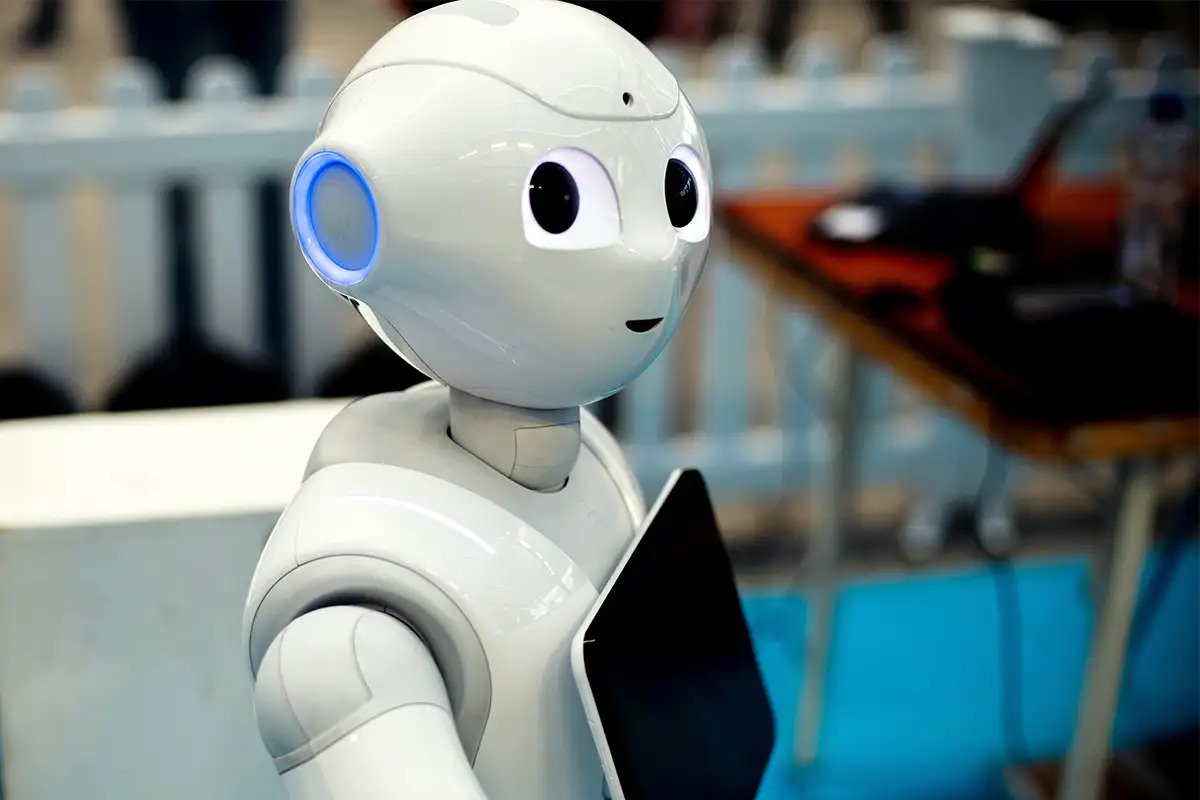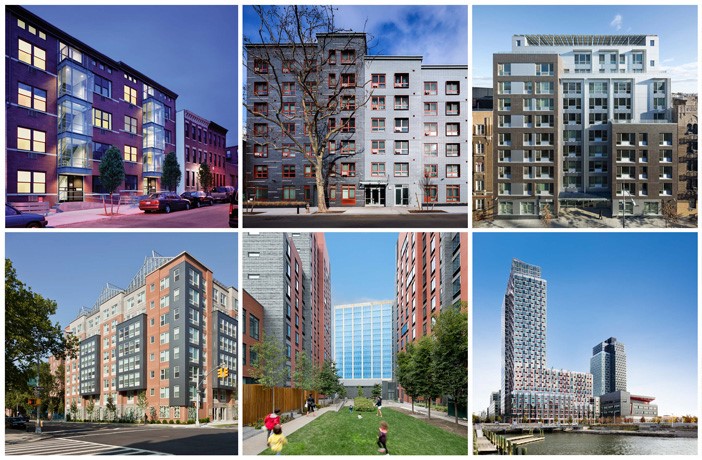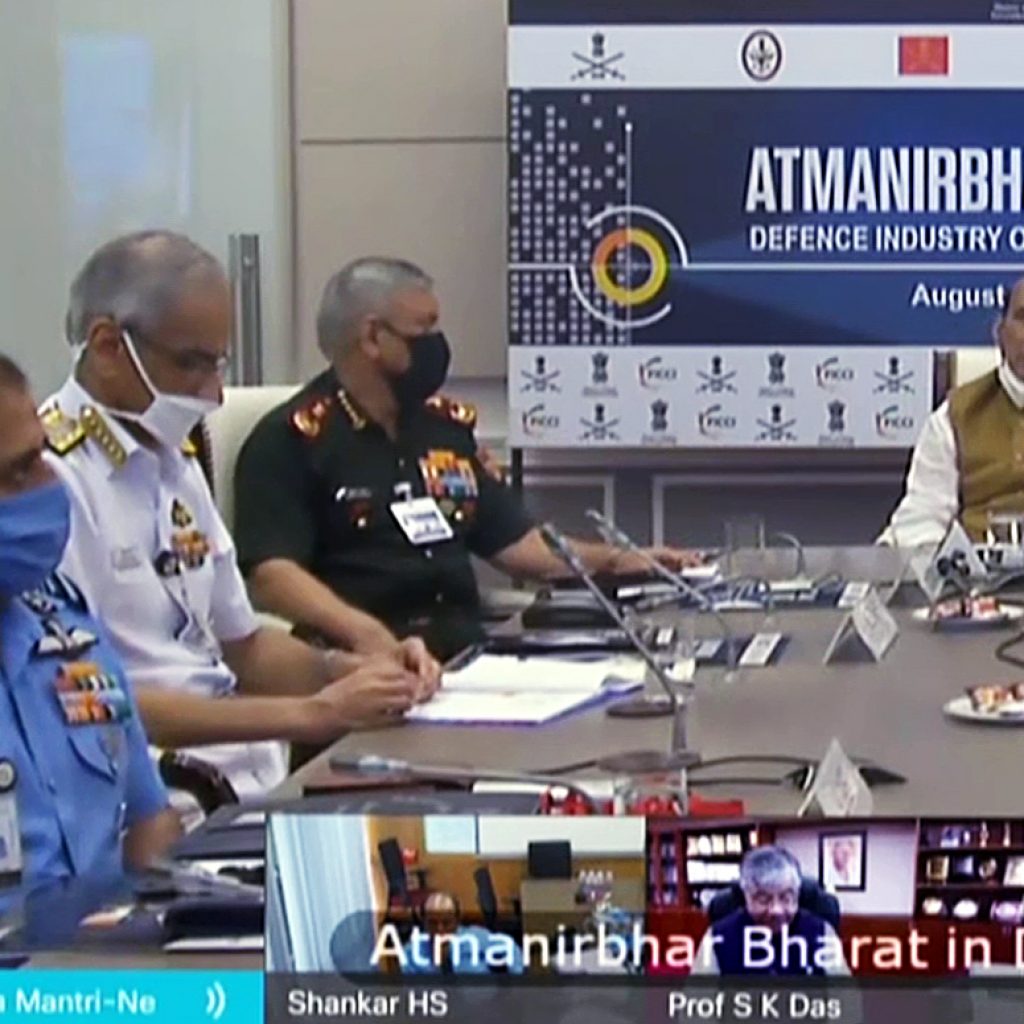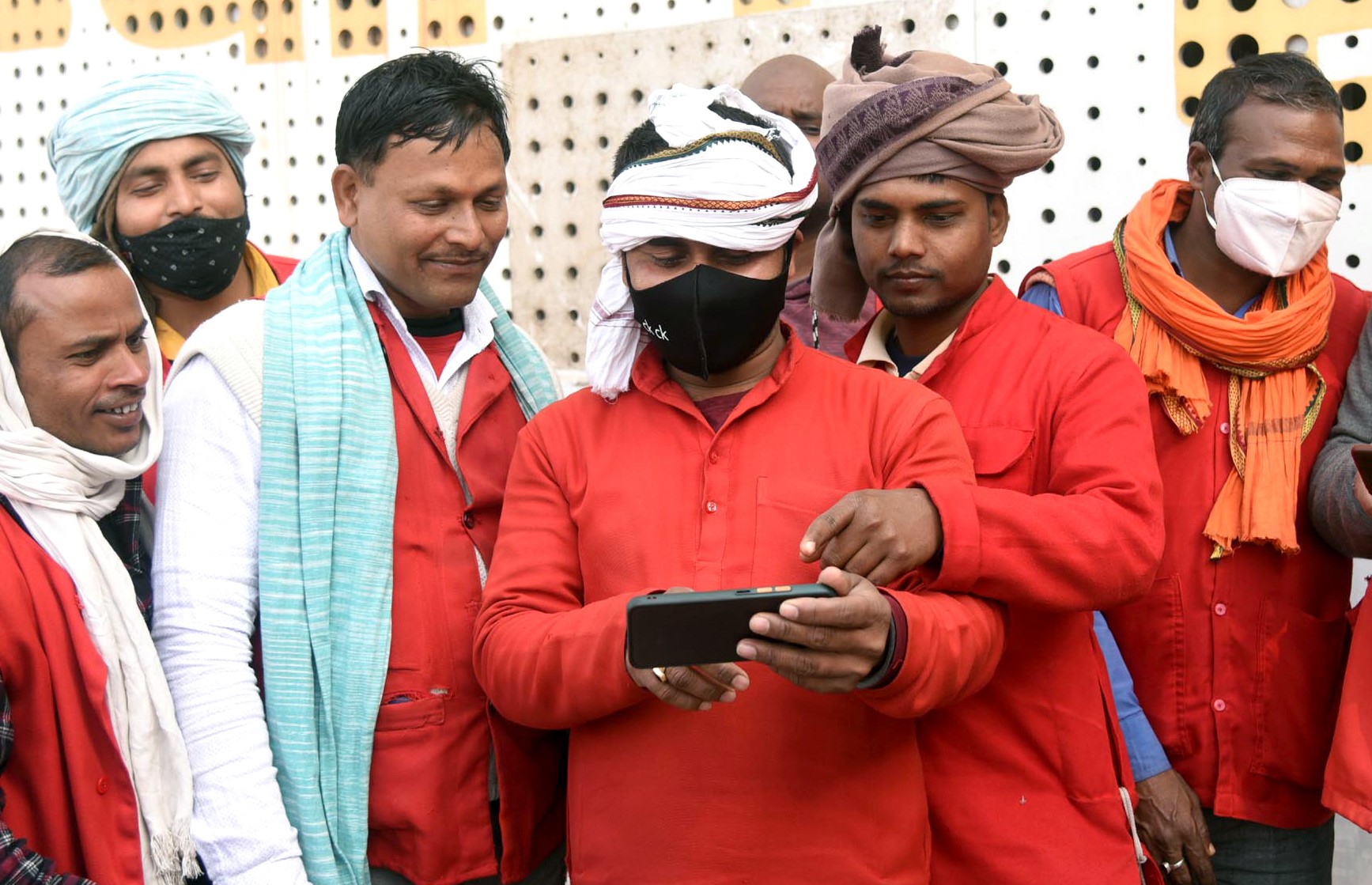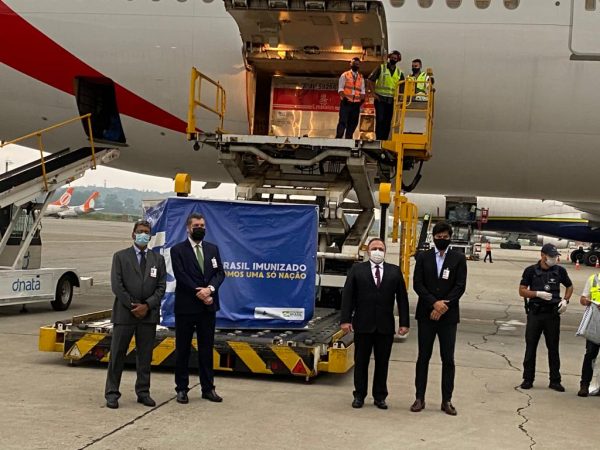The relationship between humans and robots is now changing, as robots move out of the factories and into social life
Sadhna Shanker

A recent news item spoke about how Indian factories are rapidly adopting the use of robots in manufacturing. About fifteen years ago less than a hundred robots were made for industry in India, however now that figure stands at nearly 6000 annually. This is a hall mark of the fourth industrial revolution or industry 4.0 that is characterized by ongoing automation of traditional manufacturing and industrial practices, using modern smart technology, robotics and the internet of things.
The word “robot” was coined in 1920 by the Czech playwright Karel Capek in his play “R.U.R.” (“Rossum’s Universal Robots”). Science fiction picked it up, and for most people robots conjure up images of ferocious human like machines that are looking to conquer the Earth. However, in reality historically robots have been inelegant mechanical devices assisting in factories.
The relationship between humans and robots is now changing, as robots move out of the factories and into social life. Many of us would have seen clips on our phones of box like robots trundling along pavements making deliveries of food and medicine during COVID. Robotic surgery is being done extensively in Indian hospitals.
Robots are no more mechanical devices – they have transformed into agile, mobile, autonomous machines that can do everything from driving cars to helping create better planned cities.
The era of robotics has arrived, driven primarily by the rapid innovations in technology of smart phones. The smart phone brought fast wireless communication, nano computer chips, and cheap sensors and cameras. Apart from bringing the world in our palm, this technology has transformed robotics. The leaps in machine learning ensure that robots are able to make better decisions about their surroundings.
These advances are going to change the way we live. Robots are not going to work for us; they are going to increasingly work with us. Apart from surgeries, robots are increasingly being used to complement the work of care of the ill and the elderly. Cleaning, moving materials, and even entertaining in old age homes. During the pandemic ‘Mitra’ a robot made by a start up in Bengaluru was used in many hospitals in India to help in taking vital readings of patients and help in consultations. They are also used in rehabilitation to help patients exercise, and measure their improvements.
Driverless cars, drones that help in managing traffic in emergencies, in warehouses, agriculture and even in war – robots are everywhere. The current conflict between Russia and Ukraine has seen the dawn of war from a distance being fought virtually by remote control, automated systems, and artificial intelligence. The Indian government notified a Drone traffic management policy in October 2021. Robots are used for the mundane, dull, repetitive and dangerous jobs – freeing up people for the more important jobs.
One of the biggest fears is about job loss on account of the advent of robots. As is pointed out by many researchers, automation almost always creates more jobs. Most of us above fifty would remember booking a trunk call to another city years ago. Telephone exchanges employed many people. But the telecom explosion has created far more jobs as connectivity and automation have transformed communication. A Yale University study that looked at Japanese manufacturing between 1978 and 2017 found that an increase of one robot unit per 1,000 workers boosted a company’s employment by 2.2%.
How things transform in the coming era of industry 4.0 and new age robots is difficult to predict. However, employers will have to invest in lifelong learning, and upskilling of employees. On the other hand, we will have to learn to coexist with the robots that we will interact with on nearly a daily basis.
Sadhna Shanker is a writer based in New Delhi, India
















